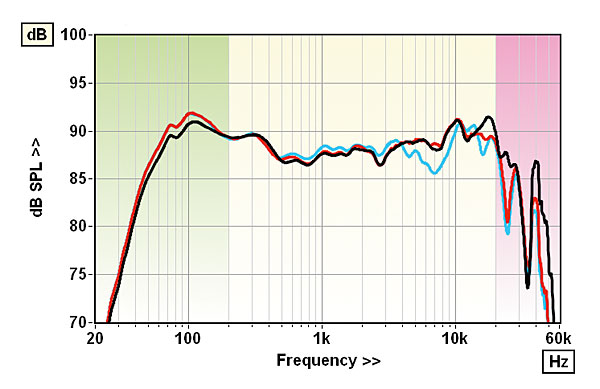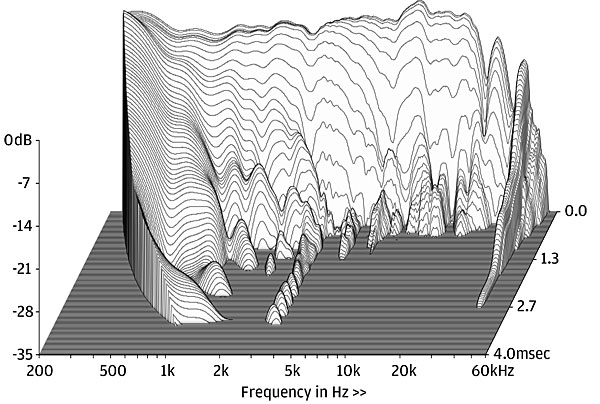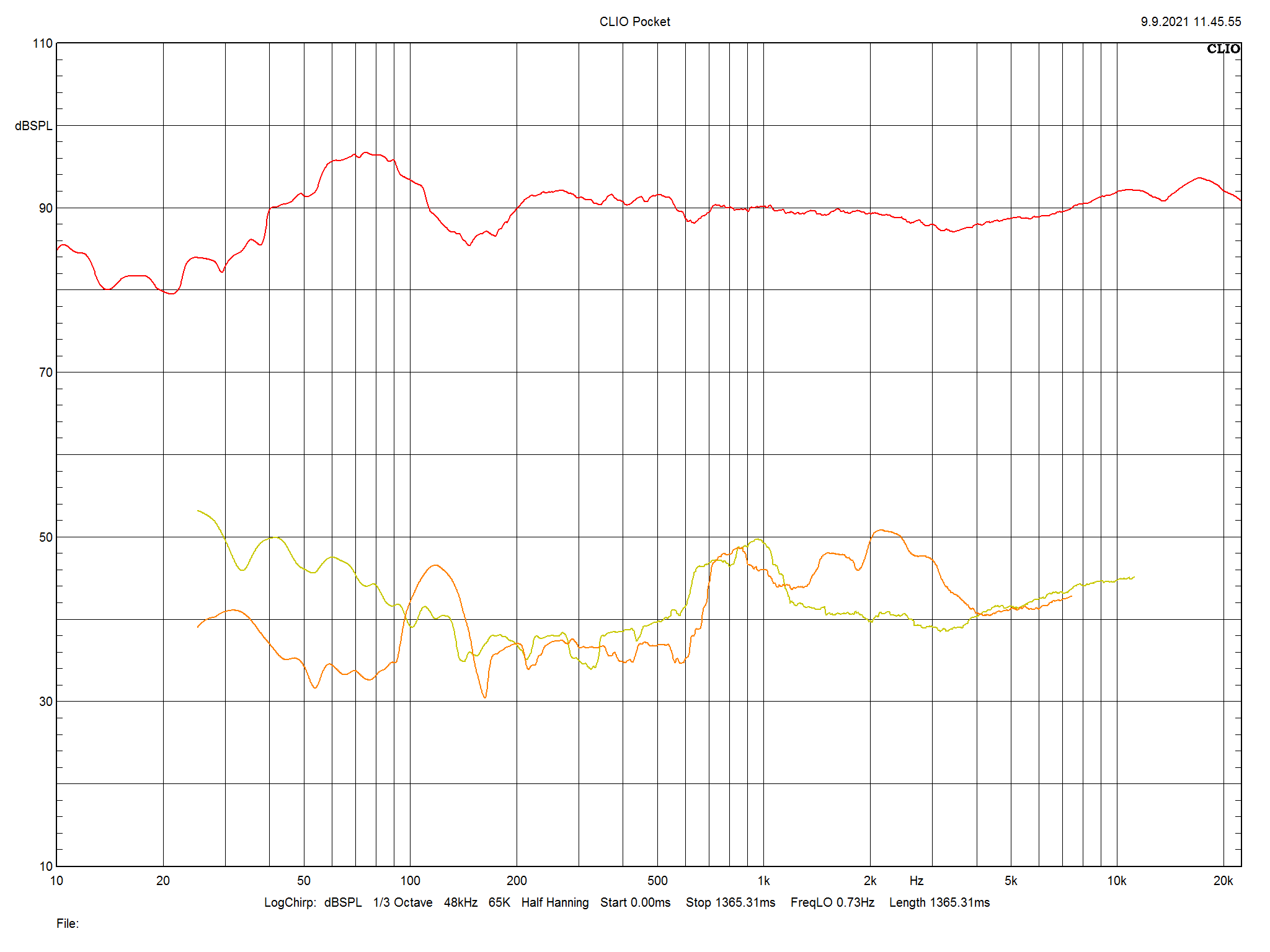The problem is when people listening a speaker, there is a highly possibility that the listening room didn't had professional acoustic treatment in that room.
It's shockingly common. When I once visited the "high end suites" at CES in las vegas, there were ~$100K setups in hotel rooms for demos. All but one room had ZERO acoustic treatment. The one that had acoustic treatment boasted about 16 square feet of 2" foam. All of the setups sounded more like the room than the setup. Boxy, honky midrange, bass a total question mark.
Accounting for an unfamiliar room in a listening test is almost impossible... accounting for a familiar one is hard enough. Measurements can tell you a lot that listening in an unfamiliar untreated room won't tell you.
To abuse the story metaphor a bit more, listening in an untreated, unfamiliar room is like watching a movie with the sound off, with subtitles in your second or third language, and you started the movie about halfway through and missed a lot of plot points. You may get the gist of the story well enough, but you are bound to miss some important details.




